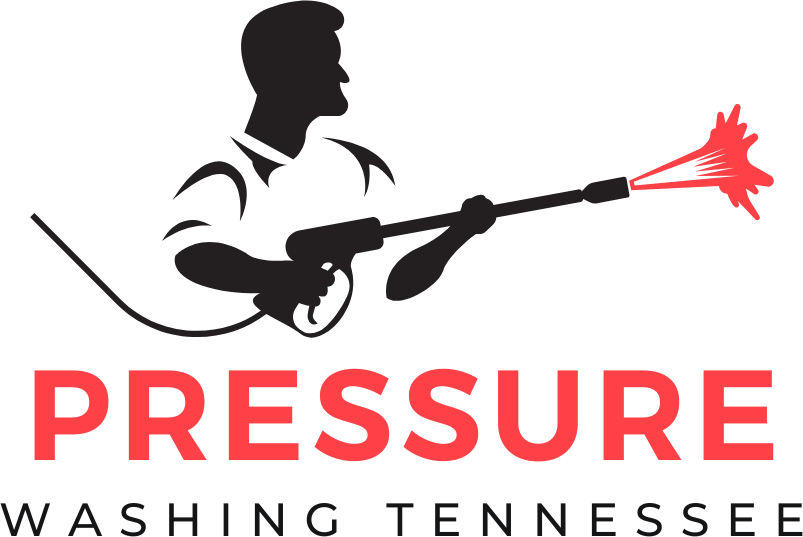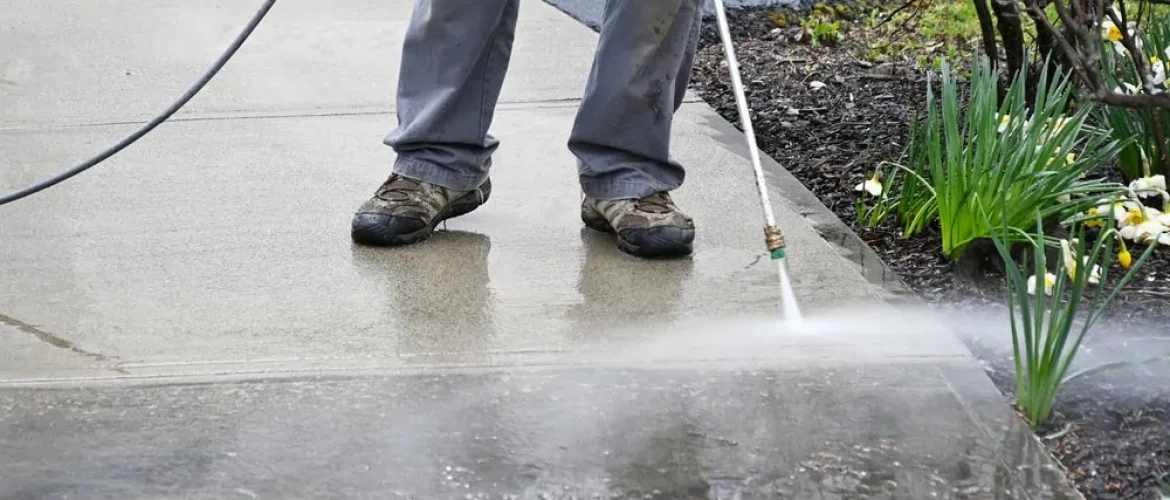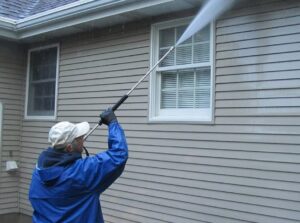When storm season approaches I know how important it is to protect my home from whatever the weather throws my way. A clean exterior isn’t just about curb appeal—it’s the first line of defense against harsh rain wind and debris. That’s why I rely on professional pressure washing to prepare my property for the challenges ahead.
I’ve seen how a thorough wash can remove built-up grime mold and algae that weaken surfaces over time. By investing in this simple step I’m not just freshening up my home—I’m making sure it stands strong when the storms roll in. If you want peace of mind as the skies darken pressure washing is the smartest move you can make.
Understanding the Importance of Storm Preparation
Getting ready for storm season means more than just checking your windows or clearing gutters. I always look at the bigger picture, knowing that protecting my home starts with the basics—clean, sturdy surfaces. Dirt, mildew, and algae often build up on siding, decks, and driveways. This buildup doesn’t just look bad; it actually weakens surfaces, making them more likely to get damaged by wind and rain.
Pressure washing removes these layers, helping surfaces stay tough when severe weather rolls in. For example, mold left on siding traps moisture, which can lead to wood rot or paint peeling during a storm. Clean surfaces make it easier for me to spot repairs early, too. I’ve seen how a small crack or loose board can turn into a bigger problem once storms hit.
Storm preparation helps me avoid costly repairs. Each year, the Insurance Information Institute reports thousands of claims for storm-related home damage, often linked to neglected maintenance. By handling simple cleaning tasks like pressure washing, I give my home its best shot at weathering any storm that comes my way.
Benefits of Pressure Washing Before Storm Season
Pressure washing clears away grime, mold, and algae, making surfaces around my home cleaner and less likely to hold moisture. Freshly cleaned siding and decks stand up better to rain and wind since there’s less buildup that can trap water against the house. Clean driveways and walkways let me spot cracks or gaps, so I’m not surprised by leaks or shifting after a storm passes.
Keeping everything free of dirt also helps paint and wood finishes last longer. Any mildew or algae left untreated can break down coatings over time, making storm damage more likely and repairs more expensive. I notice that when I clean these surfaces regularly, paint doesn’t peel as quickly and wood doesn’t start to rot. This way, I cut down the chances of water seeping into hidden areas.
Insurance adjusters look for signs of neglect when assessing storm claims. Clean and well-maintained surfaces present fewer red flags, which works in my favor if I need to file a claim. Pressure washing also gives me peace of mind knowing my home’s exterior is strong, well-kept, and ready to face harsh weather.
Key Areas to Pressure Wash Around Your Home
When I focus on storm prep, I look for spots where dirt and buildup cause the most trouble. Cleaning these areas makes my home more resilient when storms hit.
Exterior Walls and Siding
Grime and mold collect quickly on siding, especially after harsh weather. I always start by pressure washing these surfaces so I can spot soft spots, cracks, or peeling paint before storms expose them even more. Clean siding sheds water better, helping prevent leaks or structural damage.
Gutters and Downspouts
Gutters packed with debris stop water from draining, which creates overflow and can damage my foundation. By pressure washing gutters and downspouts, I keep water flowing away from my house. This also lets me see where repairs might be needed before a storm hits.
Driveways and Walkways
Oil stains, moss, and dirt accumulate fast on driveways and walkways. I wash these surfaces to avoid slippery patches and spot cracks early. Clean walkways also protect concrete and paving, preventing further erosion during heavy rain.
Decks, Patios, and Outdoor Furniture
Decks and patios take a beating during storms if they’re covered in grime or algae. Pressure washing helps wood, stone, and composite materials resist water penetration and rot. I also clean outdoor furniture, which keeps surfaces safe to use and less likely to blow around in high winds.
Step-By-Step Guide to Pressure Washing for Storm Prep
Pressure washing makes surfaces clean and strong before the storm season. I break down the key steps for getting the job done right.
Choosing the Right Equipment and Supplies
Getting the right pressure washer matters. I use an electric washer for small jobs like siding or outdoor furniture, while gas-powered models handle surfaces like driveways with heavy grime. For cleaning solutions, I pick detergents labeled for exterior use and safe for my home’s materials. I always fit the right nozzle—green for general cleaning and white for light surfaces—so I don’t damage siding or wood.
Safety Precautions to Follow
Staying safe keeps the job hassle-free. I wear closed-toe shoes and safety goggles to protect from flying debris. If I spot electrical outlets or light fixtures nearby, I cover them to prevent water from getting in. Keeping the spray away from people, pets, and fragile landscaping avoids accidents and damage. I check the machine for leaks or loose hoses before turning anything on.
Best Practices for Effective Cleaning
Efficient cleaning starts at the top. I work from the highest point (like eaves or siding) and move down, letting dirty water run off. Overlapping my strokes prevents missing spots and helps remove mildew in tough corners. I hold the nozzle about 12 inches from the surface for a thorough clean that won’t gouge wood or leave marks. After finishing, I inspect surfaces for peeling paint or soft spots needing repair before the storm hits.
Additional Tips for Comprehensive Storm Readiness
Check roof shingles and tiles for loose or missing pieces since these weak spots can let in water during heavy rain. I patch or replace them right away to help avoid leaks inside my home.
Trim trees and shrubs, especially those close to windows, siding, or the roof, because overhanging branches might become dangerous projectiles in strong winds. Keeping vegetation neat also helps prevent leaves and twigs from clogging gutters after a storm.
Inspect seals around doors and windows to find gaps where wind and water could sneak in. Weatherstripping or caulking any openings offers better protection and helps keep my home more comfortable.
Clear all outdoor drains and downspouts so they don’t back up during downpours. I remove leaves, dirt, and debris from these areas, which lets water flow away from my house quickly.
Store or secure loose outdoor items such as patio furniture, grills, and gardening tools. High winds can easily pick these up, so I put them in my garage or anchor them firmly.
Keep an emergency kit handy by the main entrance. I pack it with essentials like water, flashlights, batteries, and a first aid kit to make sure I’ll have quick access if a storm hits suddenly.
Double-check backup power sources such as portable generators. I test them periodically and keep fuel stocked, so I’m ready in case of an outage during severe weather.
Review my homeowners insurance policy before each season. Confirming coverage for storm-related damage brings added peace of mind in case repairs are needed later.
Conclusion
Getting my home ready for storm season always gives me a sense of control and peace of mind. I’ve found that investing a little time in pressure washing pays off when the weather turns rough. Clean surfaces not only look great but also stand up better to whatever storms might bring.
Making pressure washing part of my routine helps me spot small problems before they become big headaches. I know my home’s exterior is ready to face the elements and I can focus on what matters most—keeping my family safe and comfortable.


